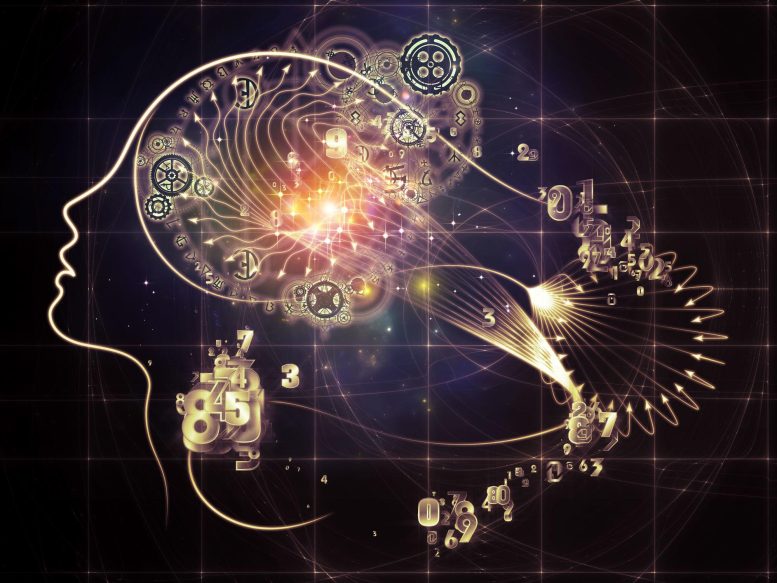
A recent study indicates that the ability to recognize and remember sequential information may be unique to humans, as even close relatives like bonobos don’t exhibit the same capability. This ability, essential for language, planning, and sequential thinking, sets humans apart and could be a foundational aspect of our unique cultural evolution.
Remembering the order of information is crucial when engaging in dialogues, organizing daily activities, or pursuing education. A recent study in the scientific journal PLOS ONE suggests that this ability might be unique to humans. Even the closest relatives of humans, such as bonobos, do not learn order in the same way.
“The study contributes another piece of the puzzle to the question of how the mental abilities of humans and other animals differ, and why only humans speak languages, plan space travel, and have learned to exploit the earth so efficiently that we now pose a serious threat to countless other life forms,” says Johan Lind, associate professor in ethology and deputy director at the Center for Cultural Evolution, Stockholm University. Since September he has also been an associate professor of ethology at Linköping University.
Already earlier research at Stockholm University has suggested that only humans have the ability to recognize and remember so-called sequential information, and that this ability is a fundamental building block underlying unique human cultural abilities. But previously, this sequence memory-hypothesis has not been tested in humans’ closest relatives, the great apes. The new experiments now show that also bonobos, one of the great apes, struggle to learn the order of stimuli.
In the recently published book The Human Evolutionary Transition: From Animal Intelligence to Culture (Princeton University Press), ethologists Magnus Enquist and Johan Lind at Stockholm University, and Stefano Ghirlanda, a researcher in psychology at Brooklyn College, New York, have launched a new theory for how humans became cultural beings. A central idea concerns the difference in how humans and other animals recognize and remember sequential information.
“We have previously analyzed a large number of studies that suggest that only humans recognize and remember sequential information faithfully. But, even though we analyzed data from a number of mammals and birds, including monkeys, there has been a lack of information from our closest relatives, the other great apes,” says Johan Lind.
In a series of experiments, the memory abilities of bonobos and humans were tested by having them press computer screens to, among other things, learn to distinguish between short sequences, including pressing right if a yellow square comes before a blue square, or by pressing to the left of the blue square appears before the yellow square.
“The study shows that bonobos forget that they have seen a blue square already five to 10 seconds after it has disappeared from the screen and that they have great difficulty learning to distinguish the sequences blue-square-before-yellow-square from yellow-square- before-blue-square, even though they have been trained for thousands of trials,” says Vera Vinken, associated with Stockholm University, now a PhD student in Great Britain at the Biosciences Institute, Newcastle University.
In contrast, the study shows that humans learned to distinguish the short sequences nearly immediately. However, it still remains to be shown exactly how our closest relatives can remember and use sequential information.
“We now know that our closest relatives do not share the same sequential mental abilities with humans. But even if the results indicate that their working memory works in principle in the same way as in rats and pigeons, no one has yet demonstrated this in practice,`” says Magnus Enquist, professor emeritus and one of the founders of the Center for Cultural Evolution.
The new results provide further support for the sequence memory-hypothesis, that during human prehistory an ability to remember and process sequences evolved, a necessary mechanism for many uniquely human phenomena such as language, planning ability and sequential thinking.
Reference: “A test of memory for stimulus sequences in great apes” by Johan Lind, Vera Vinken, Markus Jonsson, Stefano Ghirlanda and Magnus Enquist, 6 September 2023, PLOS ONE.
DOI: 10.1371/journal.pone.0290546

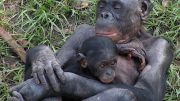
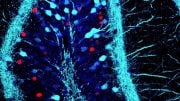
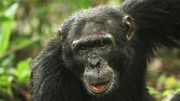
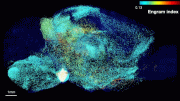
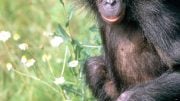

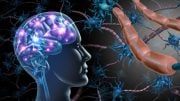

Of course what the article also points out, though, perhaps not intentionally, is this apparent need to set themselves apart from the other animals and, even, as is common knowledge from each other as well, so to whether or not that that’s all that great of a trait to be bragging about; it should be rather obvious that as a species we sit low on the evolutionary tree of life, but, of course, the human is so much the evolutionary failure that it would never be able to recognize that. In fact, it’s going extinct at this very moment, but fails to see it.